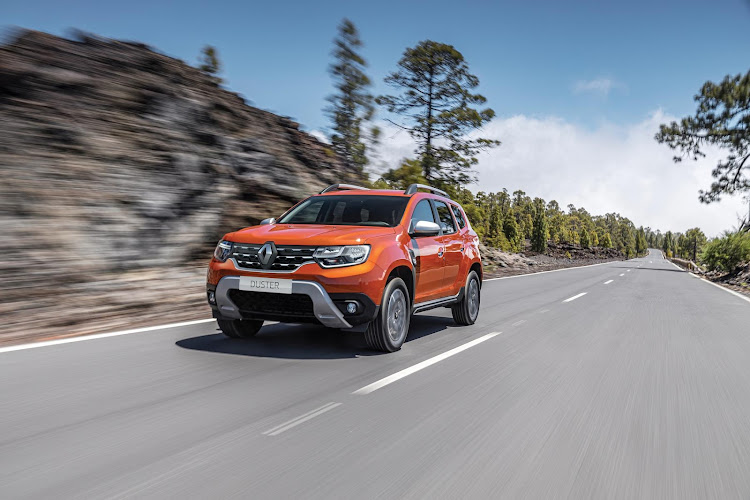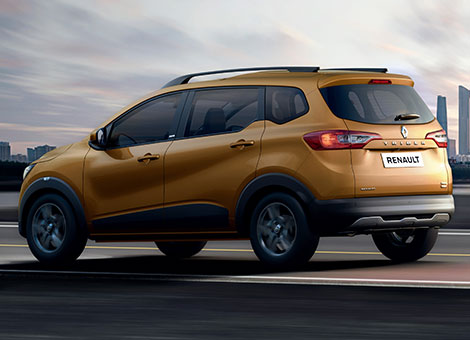Released into an increasingly popular – and competitive – baby SUV market, the little crossover has to contend with popular alternatives such as the Mazda CX-3, Toyota Yaris Cross and Hyundai Venue.
Based on the fifth-generation Clio hatch, the Renault Captur specs bring high-riding suspension, a huge boot and urban styling including two-tone paint and the black lower body cladding now de rigueur in this class. It’s smaller than showroom siblings such as the Koleos, but a fair bit larger than before.
There’s just one engine in the Captur range, an impressive 1.3-litre four-cylinder turbo that needs 6.6L/100km of unleaded to make healthy 113kW and 270Nm maximums.
The line-up gets 17-inch alloys, LED headlights and a 7-inch portrait-style touchscreen linked to Apple CarPlay, Android Auto and a six-speaker stereo. Auto emergency braking and lane-keeping assistance are standard.
Mid-range Captur Zen models add blind spot monitoring and rear cross-traffic alerts as standard, plus two-tone paint, smart keys, climate control, a heated leather steering wheel and more available a trim level up.
The range-topping Captur Intens has 18-inch alloys, a 9.2-inch touchscreen with sat nav and 9-speaker Bose stereo, electric driver’s seat adjustment, leather trim, interior mood lighting and better LED headlights.
Intens customers can get an “easy life” pack with a 10.25-inch digital dash, self-parking and automatic high beams as well.
The cabin is a highlight, thanks to a floating centre console, twin USB outlets each for the front and rear, comfortable seats and more space than before. It feels better resolved than the original Captur but misses out on fun features such as removable seat covers with oversized zippers.
The bigger new model can accommodate adults in the rear, the digital dash looks great, and the tablet touchscreen looks sharp but can be clunky to use.
Every Captur has a punchy turbo motor paired with a seven-speed dual-clutch automatic transmission driving the front wheels. There’s no all-wheel-drive or manual option, but paddle shifters are standard in all three grades.
The gearbox can be tricky at low speeds when its stop-start system and slightly hesitant programming conspire to create the odd dodgy moment. It’s more convincing on the open road, where the strong engine has an advantage over most of the competition – much of it powered by less muscular three-cylinder engines.
The Captur is fun to drive, with accurate steering and a punchy motor that makes it more endearing than most. As with many high-riding hatchback spin-offs, the ride is a little busier than we would like, particularly on coarse roads outside urban areas.
VERDICT
Punchy, stylish and bigger than before, the current Renault Captur is worth a look.
.
.
.
Review compiled by https://www.adelaidenow.com.au/







